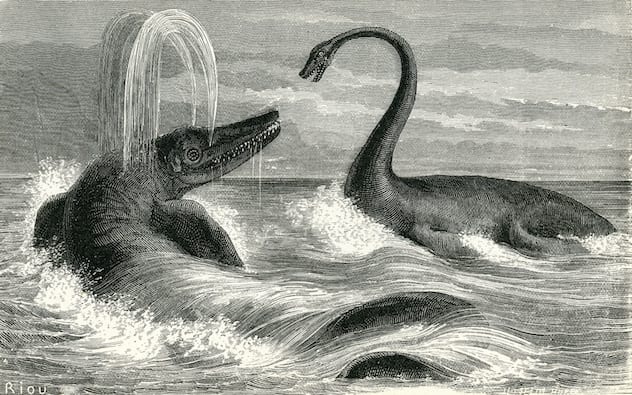Scientists have unearthed ancient fossils of a four-legged whale in southern Peru that walked the Earth, and swam the seas 43 million years. The discovery sheds light on a pivotal stage in early cetacean evolution.
The giant 42.6m-year-old four-legged whale fossil, discovered in marine sediments along the coast of Peru, appears to have been adapted for a semi-aquatic lifestyle. Its hoofed feet and the shape of its legs suggest it would have been capable of bearing the weight of its bulky four metre long body and walking on land.
Other anatomical features, including a powerful tail and webbed feet similar to an otter suggest it was also a strong swimmer.
Paleontologists have discovered skeletons of these early creatures in India and Pakistan, but this new find, as discussed in Thursday’s edition of the journal Current Biology, was found in the Pisco Basin on the southern coast of Peru
“It was still capable of bearing its weight on its limbs,” says Olivier Lambert at the Royal Belgian Institute of Natural Sciences, a member of the team that made the discovery. “It was intermediate between fully walking and fully aquatic.”
Its elongated snout and robust teeth – large grasping incisors and canines along with flesh-shearing molars – made Peregocetus adept at catching medium-size prey like fish.
“We think that it was feeding in the water, and that its underwater locomotion was easier than that on land,” Lambert says.
Fossils of semi-aquatic whales have recently been found in West Africa. The latest discovery suggests that these early whales managed to swim from there to South America at least 43 million years ago.







